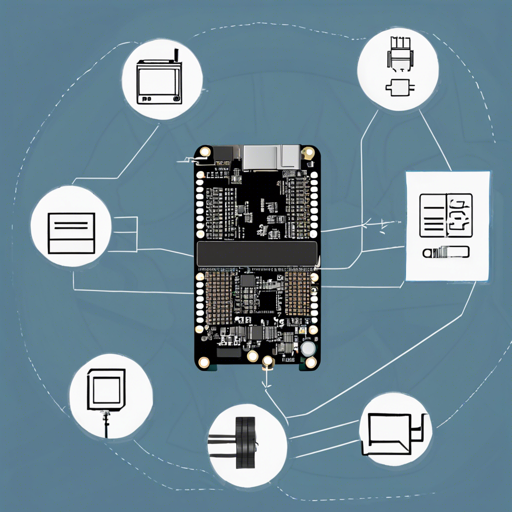Welcome to the ultimate guide on creating an Android OBD-II reader that connects to a Bluetooth ELM327 OBD reader. With this guide, we’ll take you through the setup and demonstrate how to troubleshoot common issues you might encounter along the way. So, let’s get rolling!
Understanding the Basics
Before diving into the installation and building process, let’s create a relatable analogy. Think of the OBD-II reader as a translator between your car’s engine and your smartphone. Just as you would need a good translator to understand a foreign language, your smartphone needs the OBD-II reader to interpret the car’s diagnostic information efficiently.
Prerequisites
To kickstart your journey, ensure you have the following tools ready:
- JDK 8
- Android Studio 1.5.x or newer
- Android SDK (API 22, Build tools 23.0.1)
- OBD Java API (already included)
Setting Up Your Development Environment
Once your prerequisites are sorted, it’s time to connect your device to the computer and set up the application:
- Navigate to the directory where you cloned this repository.
- Run the following command to build and install the app:
gradle clean build installDebugTesting with OBD Server
To upload data to a server, check the following steps:
- OBD Server – a simple implementation of a RESTful app.
- Enable the upload functionality in preferences.
- Set the appropriate endpoint address and port in preferences.
Troubleshooting Tips
If you encounter issues while building or running the OBD-II reader, don’t despair! Here are some troubleshooting ideas to get you back on track:
- Check if your ELM327 adapter is functioning properly with tools like Torque or Scanmaster.
- Make sure the popular OBD diagnostic tools reset state and disable echo before protocol selection.
- Use an ELM327 terminal for Android and follow these commands in order:
AT DAT
Z
AT E0
AT L0
AT S0
AT H0
AT SP 0Adjust the echo and headers based on your dongle with the following commands:
AT E0– Turn echo off.AT H0– Turn headers off.
For more insights, updates, or to collaborate on AI development projects, stay connected with fxis.ai.
Custom OBD-Java-API Integration
If you prefer working with a custom version of the OBD-Java-API, here’s how to do so:
- Clone the OBD-Java-API into your project directory:
- Create a
obd-java-api/build.gradlewith the following content: - Edit the main build.gradle to change from
compile com.github.pires:obd-java-api:1.0-RC14tocompile project(:obd-java-api). - In
settings.gradle, addinclude :obd-java-api.
git clone https://github.com/pires/obd-java-api.gitapply plugin: javaDevices Tested
This project has been tested on various devices, including:
- Samsung Galaxy Nexus (Android 4.4.1)
- LG Nexus 5 (Android 6.0 Preview 3)
- Nexus 7 2013 WiFi (Android 4.4.4)
- Samsung Galaxy S4 Active I9295 (Android 5.0.2)
- Samsung Galaxy S6 Edge SM-925F (Android 5.0.2)
- Samsung Galaxy Note 3
At fxis.ai, we believe that such advancements are crucial for the future of AI, as they enable more comprehensive and effective solutions. Our team is continually exploring new methodologies to push the envelope in artificial intelligence, ensuring that our clients benefit from the latest technological innovations.
Conclusion
With this guide, you are well on your way to building your own Android OBD-II reader. Remember, the more you experiment and troubleshoot, the better you’ll become at navigating the complexities of app development. Enjoy your coding adventure!

